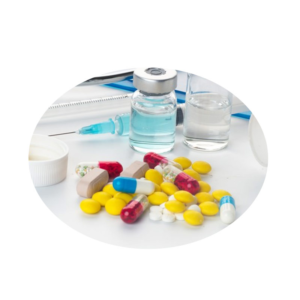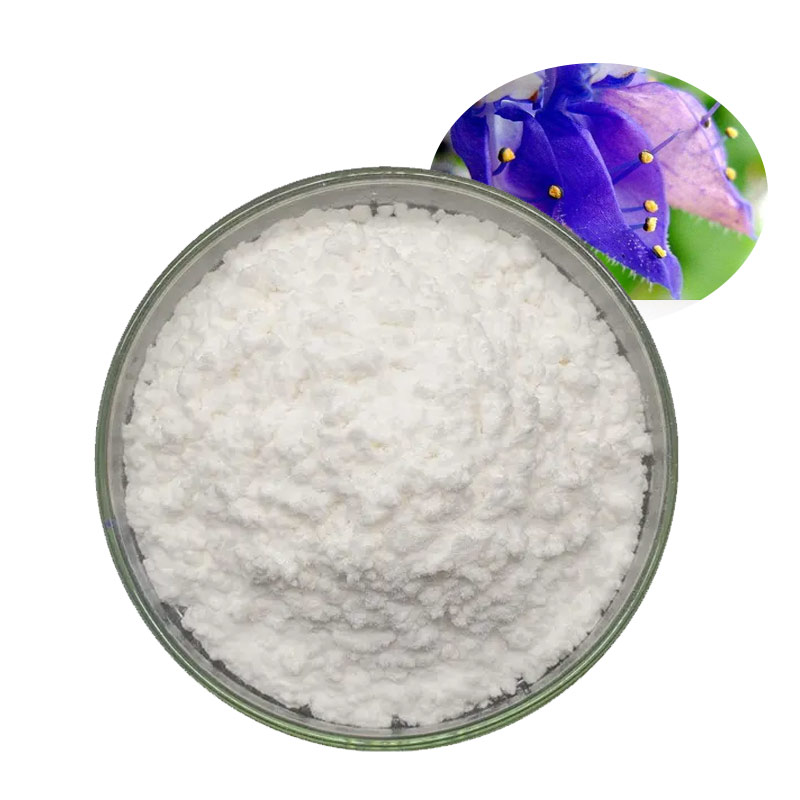Forskolin
-Plant extracts
Product information

| Product Name | Forskolin |
| CAS | 66575-29-9 |
| Melting point | 282-232 °C |
| Boiling point | 520℃ |
| Density | 1.23 |
| Storage conditions | room temp |
| Solubility | Dissolved in methanol, solubility of 0.1g/mL, clarified |
| Morphological | Solid |
| Acidity coefficient (pKa) | 11.00±0.70(Predicted) |
| Color | Beige |
| Purity | 98% |
| Shelf life | 2 years |
Pharmacological Action of Forskolin
Foskolin, also known as the “second messenger”, is widely present in all tissues of the body, affecting various cellular activities, with the role of promoting fat, glycogenolysis, myocardial contraction, smooth muscle relaxation and inhibition of platelet aggregation. According to literature reports, FSK and its analogues are laudane-type diterpenoids, both of which are direct agonists of adenylate cyclase. Instead of inhibiting phosphodiesterase through receptors, FSK and its analogues directly increase intracellular concentration to produce physiological activity.
Biological Activity
Colforsin (Forskolin, Coleonol, Colforsin) is a ubiquitous eukaryotic adenylate cyclase (AC) activator in a wide variety of cell types and is commonly used to increase cAMP levels in cell physiology studies. Forskolin also stimulated the activity of PXR and FXR to induce autophagy.
Chemical Property
White crystalline powder, soluble in methanol, ethanol, DMSO and other organic solvents, derived from Coleus forskohlii.
Use
Forskolin has the effect of reducing intraocular pressure.
For content determination/identification/pharmacological experiments, etc
Pharmacological effect: It has pharmacological activities such as anti-hypertension, anti-tumor metastasis and anti-glaucoma
In Vitro Study
Baisfu Forskolin can increase cAMP content in membrane, cell or tissue preparation solution. Forskolin not only activates AC but also interacts with certain other proteins, including glucose transporters and ion channels. Forskolin’s ability to promote activation of nine different independent forms of AC, although somewhat inefficient for AC9, could be used to provide a method for identifying and quantifying the high affinity binding sites of the G protein (G s) -AC complex. Activation of G protein by G protein-coupled receptors contributes to Forskolin-stimulated cAMP production in cells because G protein-Forskolin has an enhanced effect on AC activity.


